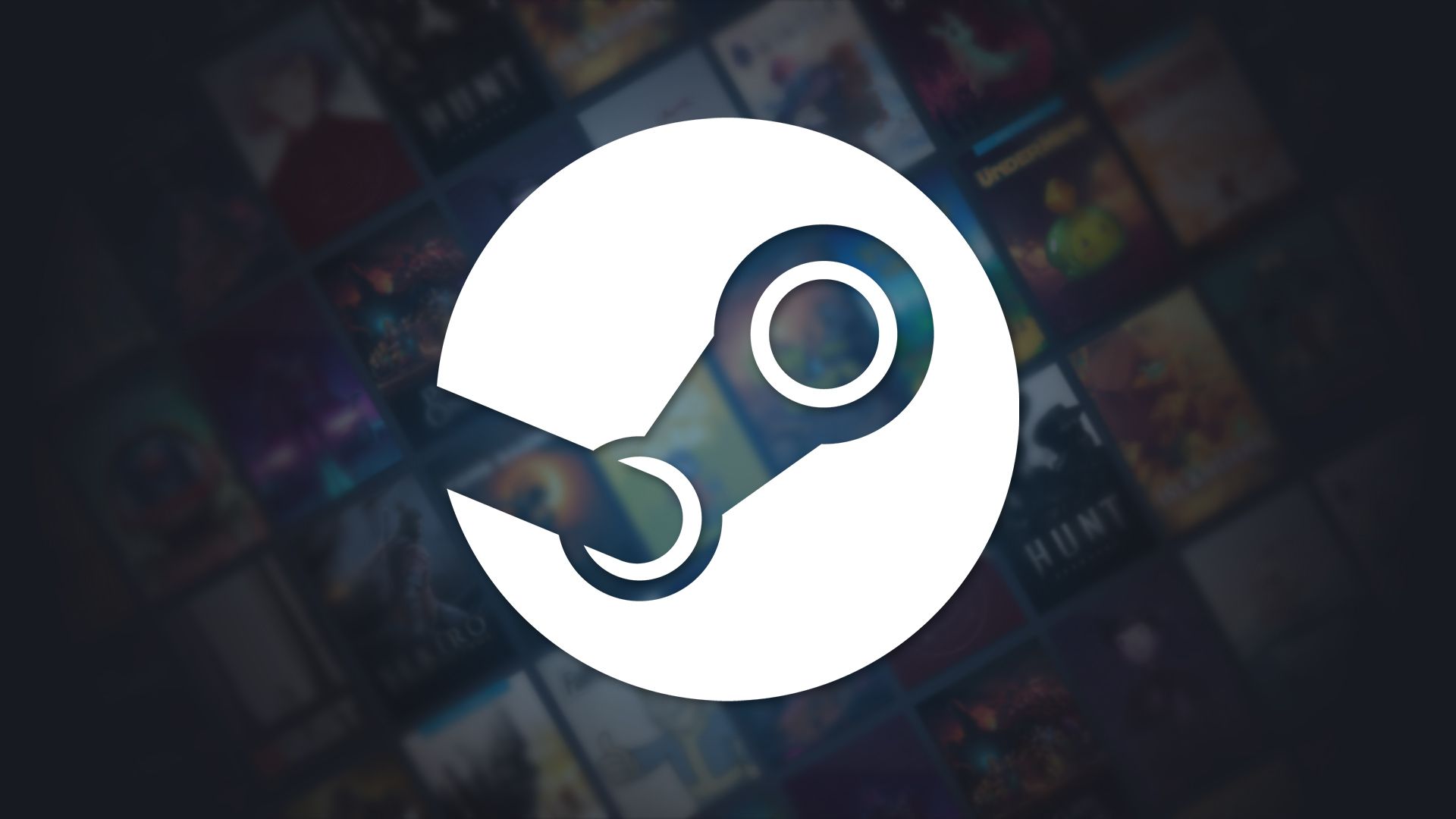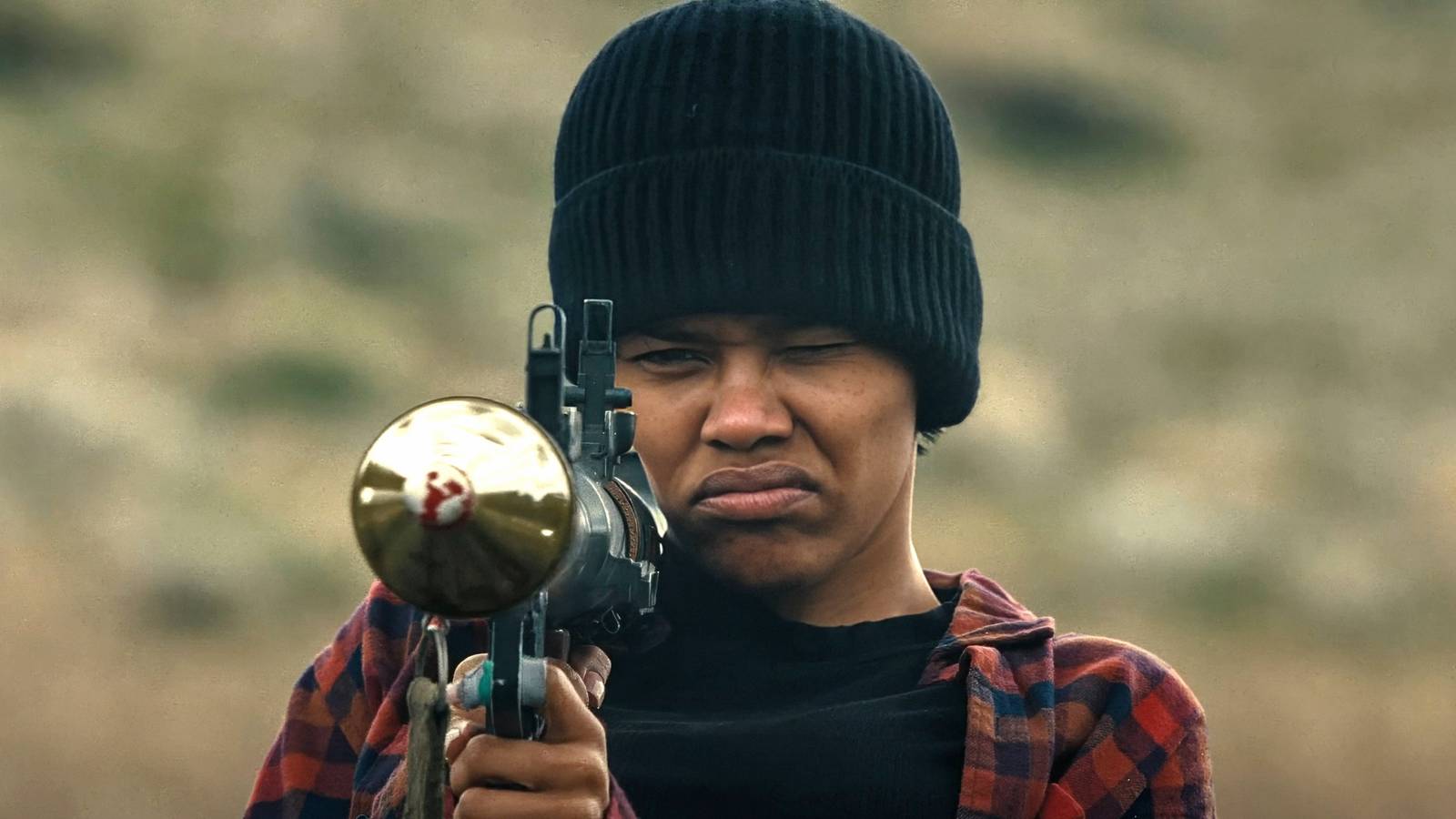On Conversations Aboard the Milano
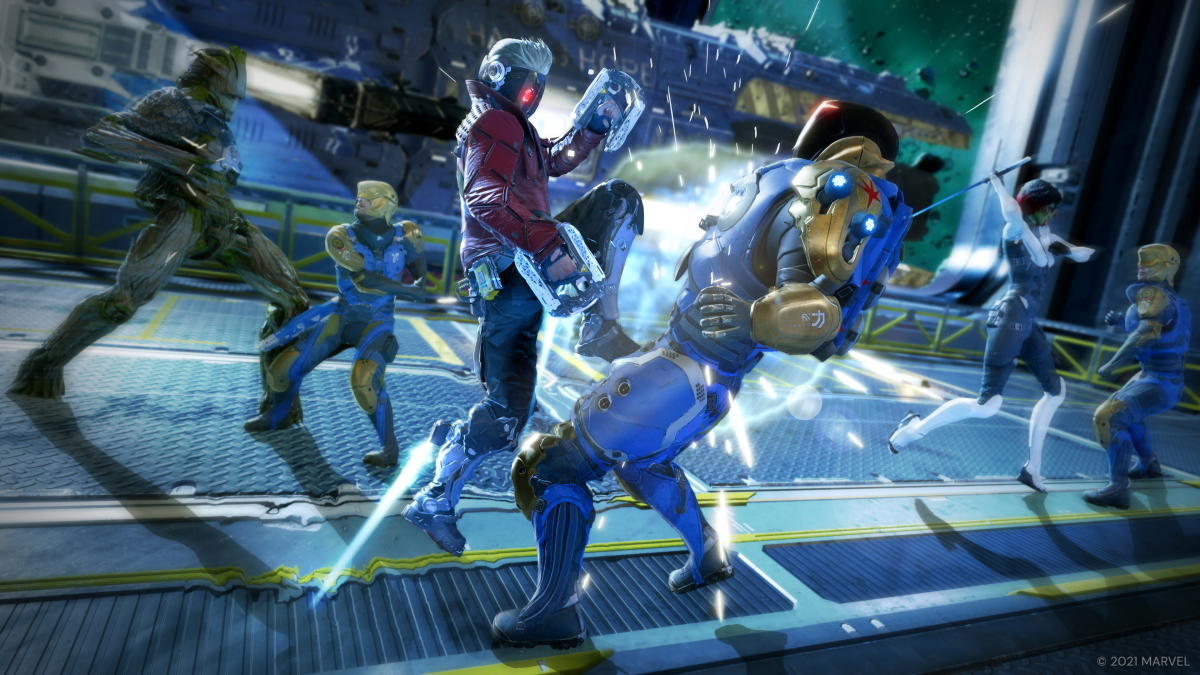
ComicBook.com: In the demo, it seemed like every doodad in the ship had the party coming to talk to me, is this the sort of things that players can expect at all times, or was this density sort of a byproduct of me starting out roughly five hours into the game?
Patrick Fortier: Well the Milano moments are pretty key. Right from the start of developing this game, it was clear that it was going to be this narrative-driven experience, and that was how we were going to make the Guardians shine, with their uniqueness. And one of the first things is this idea of dysfunctional family, and families need a home, and the Milano is a character in itself, it’s the home. And after a lot of chapters, you do get to go back there and you can explore it and there’s different things happening there. And it was important for us to ground the characters that way, that you can relate to them and see them in their real life, how they go about doing things. And I spent a lot of time there myself, as I played through the game. And there’s a lot of different things happening in there.
It’s even tied to some of the collectibles in the game. You can find items that you give to the Guardians, and it unlocks these narrative moments with them, where you get to explore some of the backstory and things like that. So if you’re not into that, you’re not forced into that. But I’m the kind of player who really enjoys those moments, and this is the kind of game that celebrates these kinds of things, so it’s pretty gratifying to learn more about the origins, the backstories of these characters, things like that. So it’s really gratifying when you find these items. But I wouldn’t say every single other place in the rest of the game is as dense as the Milano, but it does get refreshed from chapter to chapter, there’s a lot of good reasons to stick around and explore it.
Mary DeMarle: But it is also totally optional, because you always know when you’re in the Milano, you’re either going to exit to explore a world, or you’re going to go in the cockpit and you’re going to fly up, and you can do that whenever you want. So you can avoid all those conversations, if you want, and see how the adventure continues in that way.
On References and Easter Eggs
In the Milano, it seemed like there were a lot of references, in just what I was able to play, the Dazzler poster on the wall, Rocket talking about Halfworld. How deep down the rabbit hole is the game going to go? Should I have been keeping an eye out for a saxophone in Drax’s quarters, what are we talking about here?
Mary DeMarle: I don’t know, that’s a tough one to answer. We certainly did our homework, and we certainly immersed ourselves in the lore of the comics, and we read tons of stuff and everything. And then we created our own universe, our own story within our universe, and so then we had to start filling it up with stuff. So sometimes we fill it up with Easter eggs like the Dazzler poster, and sometimes we put a little more significance into it. I can’t tell you how dense it is because we love to create. And I will say one thing, that as a production team, or as a creative team, we always overestimate how much we put in, and how long it’s going to take to do it. So it’s just the love of creation, and you get what we’re throwing out at you.
Patrick Fortier: But it’s interesting that you have that comment, because it’s definitely the kind of game that rewards that way of playing. And the more you like to explore and pay attention to things and go into every nook and cranny, the more the game is going to give back to you, in terms of things that you find, opportunities, new dialogues, new winks and Easter eggs and things like that. So it’s really that kind of a game.
On Keeping Their Story Straight

Obviously, there have been just so many versions of these characters, even compared to other similar franchises, how did you go about managing to keep it all straight for the video game? Because this is your version, but it’s informed by a ton of other versions–
Mary DeMarle: Yes.
How did you keep straight what was and was not canon for them, and making sure that all meshed together?
Mary DeMarle: Well, we documented a lot, and we also spent a lot of time in early development figuring it out. So I had a team of writers, and we had a war map that we created that showed us the story and where it is at all times, et cetera. We dove into those backstories, and we wrote pretty comprehensive backstories. And then from that, that gave us basically the sandbox that we started to play in, and then as we started to create the dialogues and create those things, it was always a check, because we had checks and balances, so it was always a check to say, wait a minute, did somebody already mention that or are we contradicting ourselves? And luckily we’re a very collaborative team, and constant communication with each other and making sure. And then we have a couple people on the team, a couple writers, they’re catalogs of everything, so you always knew, well this one’s going to have an answer to that, let’s check with them.
Patrick Fortier: And is it fair to say maybe that also some of the experience from Deus Ex?
Mary DeMarle: Yes.
Patrick Fortier: There was a document in the Deus Ex game called The Tree of Life, and it’s all the branches and all the repercussions of every single thing, which is that much more… And it was similar here, where there’s different kinds of consequences from decisions made in the early chapters that only play a role in further chapters. And it’s another element that’s great about Guardians talking and remembering things that happened, then talking about them, because it just makes them feel like they’re aware, okay, they’re on the same foot as you, and they have the same concerns and interests as you, in terms of what’s going on in the story.
On the Results of Choices
One of the most interesting aspects about playing as Star-Lord alone, as the leader, was the constant feeling that I was one misstep away from making Rocket jump ship. And we’ve seen choices in the gameplay and in the trailers, but not necessarily consequences quite yet, in terms of what the ramification of those choices might be. Would you say there are right and wrong choices, good and bad outcomes, depending on how you go about playing later? Or is it simply a matter of different outcomes?
Patrick Fortier: Yeah, I think it’s, like you said, it’s more about being different. And we relate it sometimes to, I don’t know, taking a plane to a particular destination on the globe and then we all meet there, and we all have our different travel stories, all right? Maybe we all left from the same city, and we all landed in the same city, but maybe they lost your luggage, maybe your flight was delayed, maybe I had a screaming baby in the back, you were in the first class drinking champagne. So it’s more about that. I don’t think it’s right or wrong, and there’s nothing that you should worry that, oh my god, reload, reload, something dramatic, maybe like a Deus Ex or something like that, but it will give a unique spin to your story.
And if you tell your story to your friends or something, or at the water cooler, whatever, if that happens anymore in this world, I don’t know. But they might, you know, be like, what, that happened, how did you do that? I didn’t have that, but I met this character. What, how did you… And that’s just fun. It personalizes your thing, and it keeps you more involved. You never kind of put the controller down and just kind of let them chit chat because there’s always maybe something that could have major repercussions, or not, and that’s just to keep a little bit of attention on that controller so that you’re mindful and just that you’re engaged a little bit more in what you’re doing.
On the Size of Levels
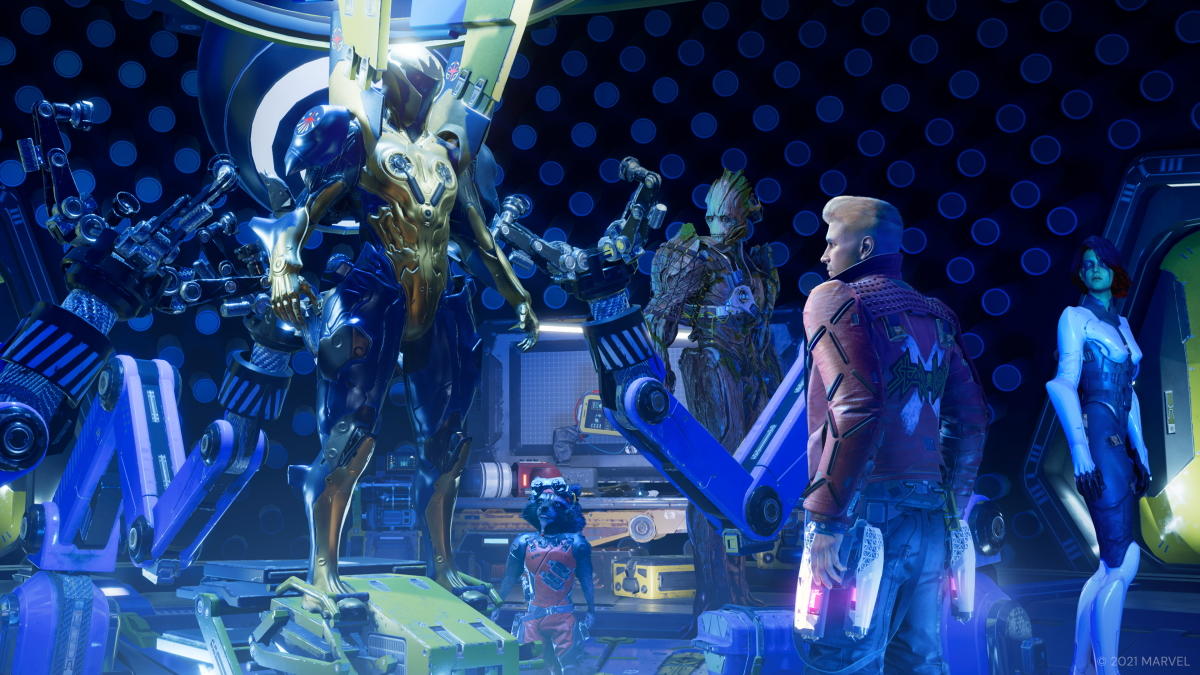
To continue talking about gameplay, the chunk that I played felt pretty self-contained, but not small by any means. And I know it’s set roughly five hours in, would you say that the level I played is representative of most of the levels in the game? Are there bigger, smaller levels? What does that look like?
Patrick Fortier: Every level is different, and some are shorter, and many are longer. This is not one of our longest levels, so I would say it’s average size. There’s not a specific format for each chapter, and I think that’s one of the strengths, that’s one of the things I like about the game. There’s a very handcrafted feel to it. It’s populated by these different moments, and we didn’t have a checkbox of how many combats we needed, and some chapters have a bit more because narratively it makes sense, and this is what’s going on, and some have a little bit less. And we have our different pillars, traversal, combat, social is an important pillar as well, so communicating with the team but sometimes with other characters that you meet, you have these battle of wits and you have to try to convince them, sway them one way or another.
So it was really more about creating that kind of an experience, and finding pacing, as opposed to a straight-up game-centric game where the mechanics are really in the forefront and you’re looking always about where’s my next weapon, and where’s my next resource, and where’s my… And we didn’t want you to have that constantly in your mind as you were going through the game, we wanted you to have these fun moments where, okay, why is Drax fascinated with the cola machine? And you can talk to him. And we wanted to have more organic moments like that, and we thought that’s where the game can kind of really shine and be kind of a memorable thing of, wow, okay, it’s not the biggest open world, it’s not the deepest combat, it’s not the… But that relationship with those characters, wow, that was special in my video game CV, so to speak.
On Balancing Combat
Combat, while I was playing, could be extremely hectic, I died more than once, I’m not afraid to admit. There was always so much going on between enemies, environmental odds and ends like the explosive barrels, Star-Lord’s abilities, the Guardians abilities, Huddles, positioning, which was vertically more important than I expected. What was it like balancing all of that together? Was there ever a moment where you folks were like, “you know what, this one, this addition, too much, let’s dial it back?”
Patrick Fortier: Yeah, it’s kind of difficult. I think it was a decision that we made for the demo as well, to throw you guys in there in that chapter, because it was a more representative chapter as opposed to having the early chapters, all the tutorials and all those things. I think the game does a better job. Hopefully when you play it, if you play it again, that by the time you get there you’re more comfortable with your ice and you know how to use the Guardians very quickly, and at a glance, you can start reading the battlefield a little bit better. So a lot of that chaos gets managed more from the experience that we give you.
But you’re absolutely right, that was one of the main things, to try and balance that out, and try to find the sweet spot where you’re not Star-Lord, Superman handling everything, every problem. And then, oh, I just got to revive my Guardians, and I just wish they would… stand in the back. Or just standing back with your feet on the desk, and they’re doing everything for you, and you don’t feel like a hero. So it was all about finding kind of that sweet spot where they can get in trouble and you can support them and they can do things in a timeous fashion. But it was a lot of time before it really started to gel. And it’s figuring out even which specialties to give to which Guardians, and then the metrics are different for Star-Lord because it’s long-range fighting versus a Drax and Gamora which is melee. So it was a lot of experimentation, and it took a while.
On Accessibility Settings
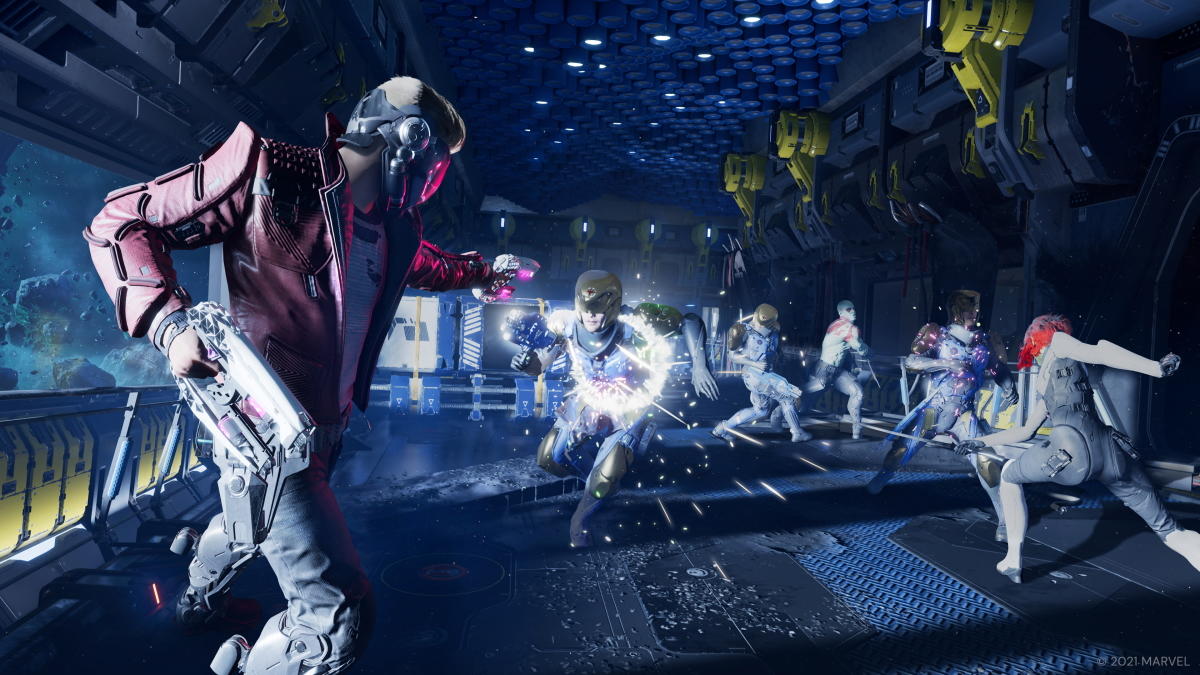
One of the things I noticed in the settings, which I always do for all of these demos, or anytime I start these things up, I start being like, “all right, so what do we got in here?” There were a bunch of accessibility options, can you talk briefly about the ones that were included and the decision behind them?
Patrick Fortier: Well I think it’s something that we really wanted to be mindful of. We have a whole department now dedicated to accessibility at Eidos-Montreal. So there’s a lot of communication with them, and some exercises and things for us to have a better understanding on the community end, what they need and what they’re going through and what’s going on in that part of the video game universe right now, so we were sensitive to that. And then we just looked at some of the best examples that were out there on the market, some of the stuff that we’ve done, our team has managed to do, our other team at Eidos-Montreal with Tomb Raider.
And then there was a lot of care and attention put into that. We had a big list, and we tried to do as much as we could down the list, and even in terms of you were talking about combat before, but you can tweak the difficulty, and you can make it very simple if you just want to focus on the story and you don’t want to deal too much with the gameplay, that’s fine you can do that. If you want to make it more challenging for yourself you can do that as well, and you can really modulate all kinds of different parameters. And I think it’s just something that’s beneficial for everybody. Some people, it’ll be really essential to the enjoyment of their game experience, but it allows everybody to try to customize it for their own needs. The movement around accessibility right now is just a great thing for the industry as a whole, and I think it’s time for it to happen, it’s taken a long time and it’s great that it’s finally becoming more mainstream.
On Skins
Now, I did notice that I grabbed a skin for Drax, I believe in a Nova bathroom, is this the same sort of method for acquiring all the skins in the game, which I understand are all in the game itself, strewn about the place in predetermined spots for folks to find and collect?
Patrick Fortier: Yeah, and some are a little bit more–
Mary DeMarle: Hidden.
Patrick Fortier: Softball. You know, like, gimmes. But a lot of them, it’s more if you pay attention, they’re very well hidden, and sometimes they involve using certain steps to open a path, and–
Mary DeMarle: Little tiny puzzles.
Patrick Fortier: Yeah, to try to find them all, and where they’re hidden. So it’s something that we have a lot of fun with.
On the Time Between Now and Release
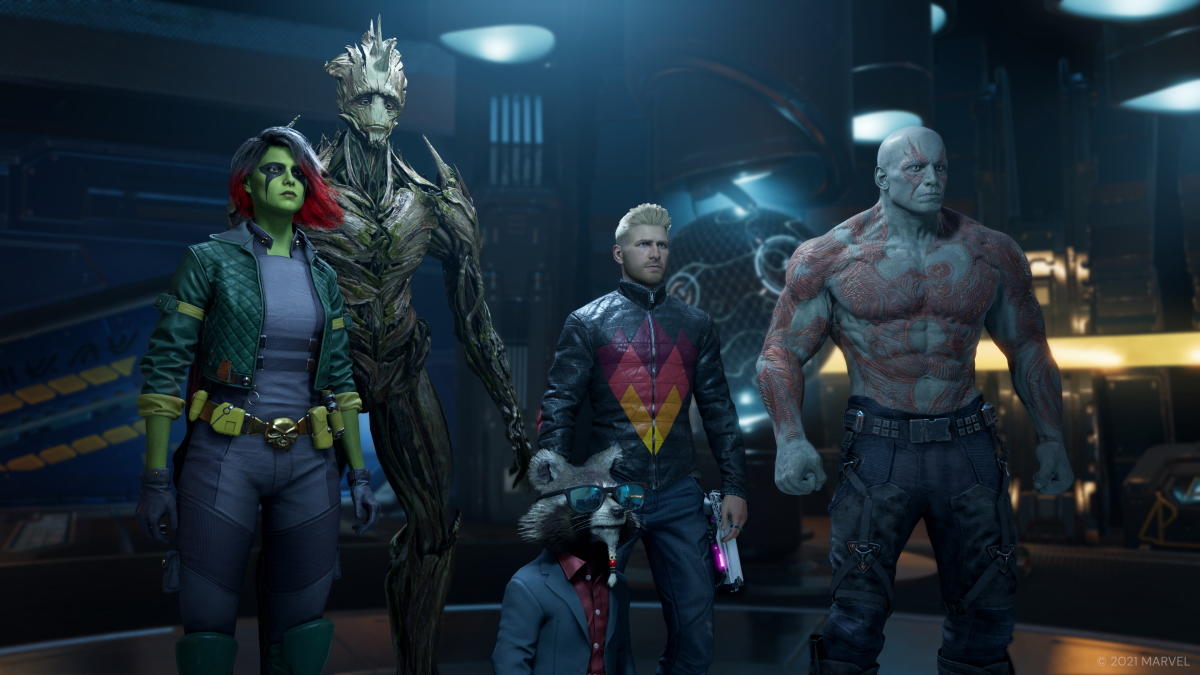
So between now and release, what now for you folks? What is it that you’re working on between now and October 26th?
Patrick Fortier: I think for us, the game is gold, but there’s still day one patch stuff that we want to improve or make sure that we get all the kinks in there, and as much quality as possible. So okay, of course, everything is playable from beginning to end and there’s not too many bugs or anything like that, but certain things could be a little bit improved, and some last-minute little additions and tweaks. And even on some of the comments that we’ve received from you guys this week, and things like that device there that you have to stop before opening the door, and just creating little… We have it in some other situations where there’s a little wire going to the door, creating a clearer connection between the… So those are still little things that we can still tweak and improve, and little control settings and things like that, that we can still work on. But just to try to create as perfect as… No game is perfect, but as good an experience as we can make for people.
Mary DeMarle: Or we can catch up on our sleep.
